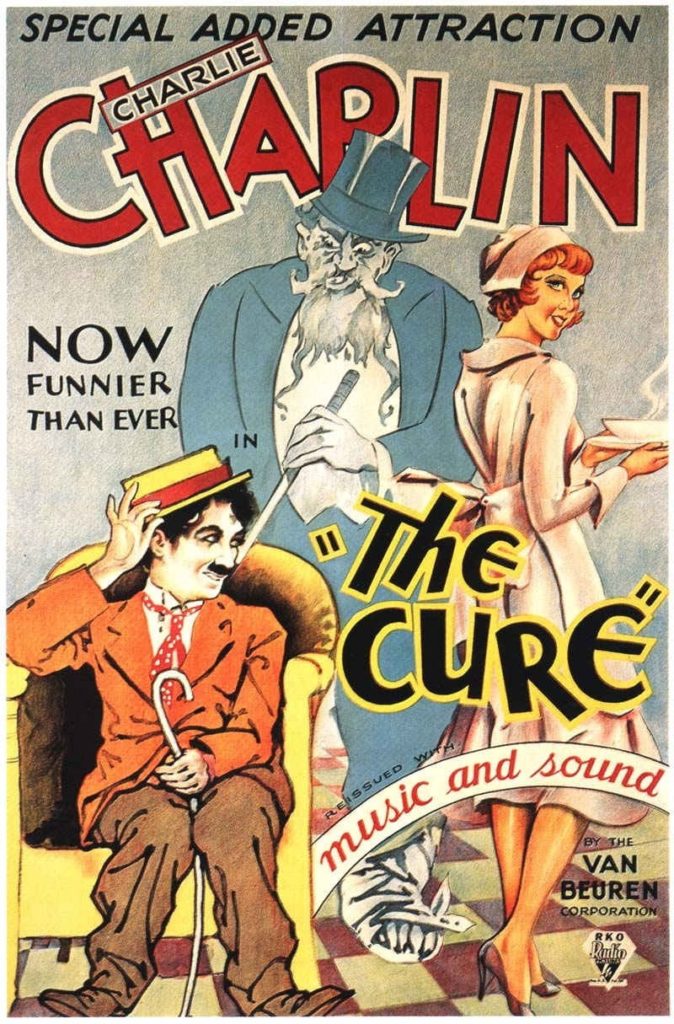My rule of thumb with projection speeds and silent comedy films used to be guided by whether there were audience laughs or not. Later, once I’d done a lot of research into the difference between taking speed and projection speed and what films were run at during certain years, that was the second factor. What’s interesting is that some reactions I’ve read about the newer Chaplin editions don’t quite line up. But I think I know why.
I’ve read comments online, repeatedly, from some fans about the speed of the restored Chaplin Mutual comedies. There is a certain group of fans whose opinion intrigued me. I noticed the people who felt the newest editions seemed slow for their taste were people around my age, or older.
Rollie Totheroh is asked “What is the right speed?” by his son in an interview recorded in the 1960s. An edited transcription of the whole interview was published in the ‘70s, and I excerpt this specific question in my lecture on cranking and projection speeds “Undercranking: the Magic Behind the Slapstick”. Rollie’s answer informs us that the Mutual comedies were cranked at 14 fps. Sometimes at 12.
The ratio of cranking-to-projection for Chaplin’s sound era silents, documented in studio shooting records, is that those films were shot at 16 or 18 fps. That’s with Rollie and Charlie knowing the films were absolutely being shown at 24 fps. This, and other results I’ve found in trade magazines from the late ‘teens, confirms for me that the Mutual and other comedy shorts were shown at 20 or 21 fps, or were at least made with the expectation of that speed in theaters.
I have done several shows with the new restorations of the Mutual comedies and can tell you that the laughs do not drop off at all. In fact there are some new ones here and there. Because over-speeding can mask bits of character-based humor. The new editions of the Mutuals are for the most part rendered out to simulate a running speed of 20 fps. (The Adventurer appears to run at 18, though, but stil gets all its laughs at a show.)
So, why do they seem like they’re a bit slower than some people would like, even though this rule of thumb of 14-up-to-20 (or 21) works in a theater for these and any other mid-to-late-’teens comedies?

For decades, from the time the Van Buren company re-released the Mutual comedies with soundtracks in the early 1930s until several years ago, we’ve all seen these films running at 24 fps. We grew up with them this way, seeing them on TV and in super 8mm or 16mm, fell in love with them and with Charlie watching them at this speed. We’re used to it. We may even have a nostalgic attachment to these versions.
But Charlie, Rollie, and the ensemble of performers had the expectation that the films were being shown at 20 or 21, and their performance adjustments and choreography or pacing of movements were compensating for that speed-up. And that’s the appropriate projection speed for the Mutuals, both artistically and historically.
What is remarkable, though, is how well the Mutual comedies hold up at 24 fps, as opposed to a lot of other comedies made during that era. Others can seem to blur by or can be harder to decode, but the Chaplin shorts still land. Your mileage may vary, as the expression goes. As I point out at the end of my talk, if you want to slow down or speed up playback of a DVD or Blu-ray to suit your taste, the VLC program is a modern-day equivalent of having variable-speed projection on your computer.
I’ll be presenting a show of three restored Charlie Chaplin Mutual 2-reel comedies — The Rink, The Cure and The Adventurer — on June 5th at the historic 1911 Park Theater in Glens Falls NY and on June 6th in NYC at DOROT.